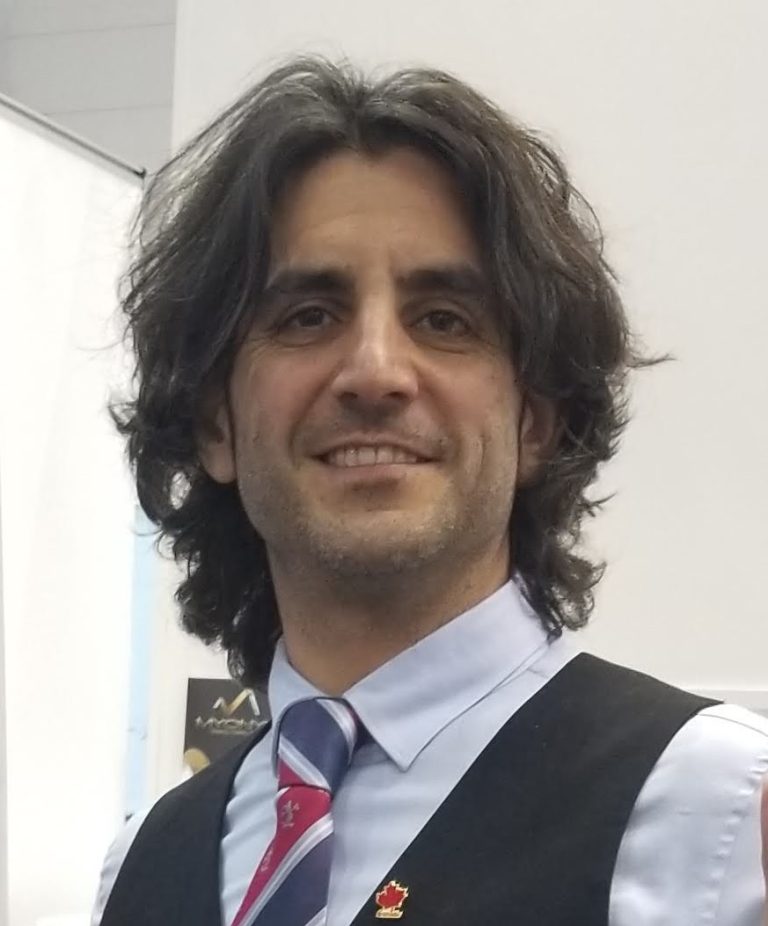SEMG Signal Interpretation and its Place in the Active Treatment of Musculoskeletal and Neuro-motor Conditions
Geva Antopolsky, BPT
1-day workshop
Date: TBD
Workshop Title
SEMG Signal Interpretation and its Place in the Active Treatment of Musculoskeletal and Neuro-motor Conditions
Workshop Description
Motor-control dysfunctions may be the result of biophysical or neuromotor lesions.
SEMG technology provides us with a quick and easy method to assess the contribution of the nervous system to motor dysfunction, by isolating and quantifying the active effort exerted by it on muscles, as translated from trans-cutaneous electrical activity.
More importantly, by giving the patient easy-to-understand visualization of this otherwise imperceivable activation, therapists offer them the power of self-regulation and control. As the neurological system adapts, regenerates and learns best using proper feedback, this is a powerful tool, assisting in rehabilitation of lost or impaired function due to neurological conditions such as stroke, disease, nerve and spinal cord injuries.
In this workshop we will decipher in detail the origin and interpolation of the SEMG signal and thus what it truly represents, and how we can best make use of it, while being cautious and aware of the limitations, dismantling historical misconceptions and as we go.
We will relieve some of the technological and practical concerns and fears of therapists, showcasing how quick and easy it is to learn and include SEMG biofeedback in the clinic.
We will learn to differentiate and understand when it is beneficial to include SEMG biofeedback in the treatment of physical conditions, and when not, and discuss several neuromuscular conditions, their causes and symptoms, and show how SEMG technology can benefit both therapist and patient in the rehabilitation process.
Participants will have a chance to get hands-on experience with state-of-the-art SEMG equipment and practice simple methods of incorporating SEMG biofeedback.
Learning Objectives
1) Learn and understand the SEMG signal’s different variables.
2) Understand what to infer from the signal, and what not to infer.
3) Learn why, when, and how to use SEMG in rehabilitation.
4) Get familiar with the process of using the equipment in the clinic.
About Geva Antopolsky, BPT
Geva is a physical therapist trained in Israel, with 10 years of clinical experience. Currently product manager for EMG biofeedback systems at Thought Technology.
Geva has spent the last 6 years designing and developing the MyOnyx EMG/ pressure/ electrostimulation system, as well as teaching and training clinicians and distributors around the world about Biofeedback, EMG and its clinical uses. From his unique position, Geva is able to give a full picture of the modality, from the very basic acquisition technicalities and signal translation to the clinical applications and reasoning.

